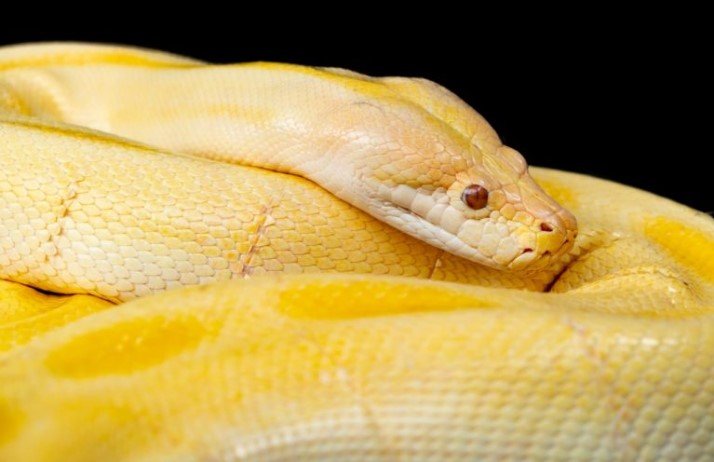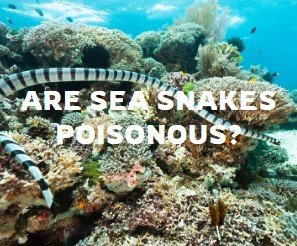1. Terrestrial Habitats:
Snakes are prevalent in terrestrial habitats, encompassing forests, grasslands, deserts, and even urban areas. Each species often exhibits specific adaptations to its chosen terrestrial environment, blending seamlessly with the landscape.
2. Arboreal Environments:
Numerous snake species have embraced life in the treetops, occupying arboreal habitats. These snakes have evolved adaptations such as prehensile tails and specialized scales to navigate the branches with ease, showcasing their adeptness in climbing.
3. Subterranean Dwellings:
Some snakes, known as fossorial species, have adapted to subterranean living. Burrowing into the soil, sand, or leaf litter, these snakes utilize their streamlined bodies to navigate the underground world, providing them with protection and insulation.
4. Aquatic Realms:
Water-dwelling snakes are well-adapted to aquatic environments, including freshwater ecosystems like rivers, lakes, and ponds, as well as marine habitats such as coastal regions and estuaries. Aquatic adaptations may include flattened tails for efficient swimming and valve-like nostrils to breathe while submerged.
5. Cavernous Hideouts:
Certain snakes seek refuge in caves and rock crevices. These sheltered environments offer protection from predators and extremes in temperature, allowing snakes to maintain a stable microclimate within their rocky abodes.
6. Extreme Environments:
Snakes exhibit a remarkable ability to inhabit extreme environments. From the frigid Arctic tundra to the scorching deserts, certain species have evolved to withstand temperature extremes, showcasing their resilience and adaptability.
7. Human-Altered Landscapes:
Snakes have adapted to human-altered landscapes, thriving in urban areas, farmlands, and gardens. Some species, such as rat snakes, have found success in these environments, where they may take advantage of human structures for shelter and prey opportunities.
8. Microhabitats and Niche Specialization:
Within larger habitats, snakes often occupy specific microhabitats and niches based on their dietary preferences and behavioral adaptations. This niche specialization contributes to the overall biodiversity and ecological balance within a given ecosystem.
9. Seasonal Migrations:
In response to seasonal changes, some snake species exhibit migratory behaviors. These movements may be driven by factors such as mating, foraging, or escaping harsh weather conditions, highlighting the dynamic nature of snake habitats.
Conclusion:
In conclusion, the habitats where snakes live are as diverse as the species themselves. From terrestrial landscapes to aquatic realms and subterranean hideouts, snakes showcase their adaptability, demonstrating their ability to carve a niche in virtually every corner of the Earth’s ecosystems.






Leave a Reply